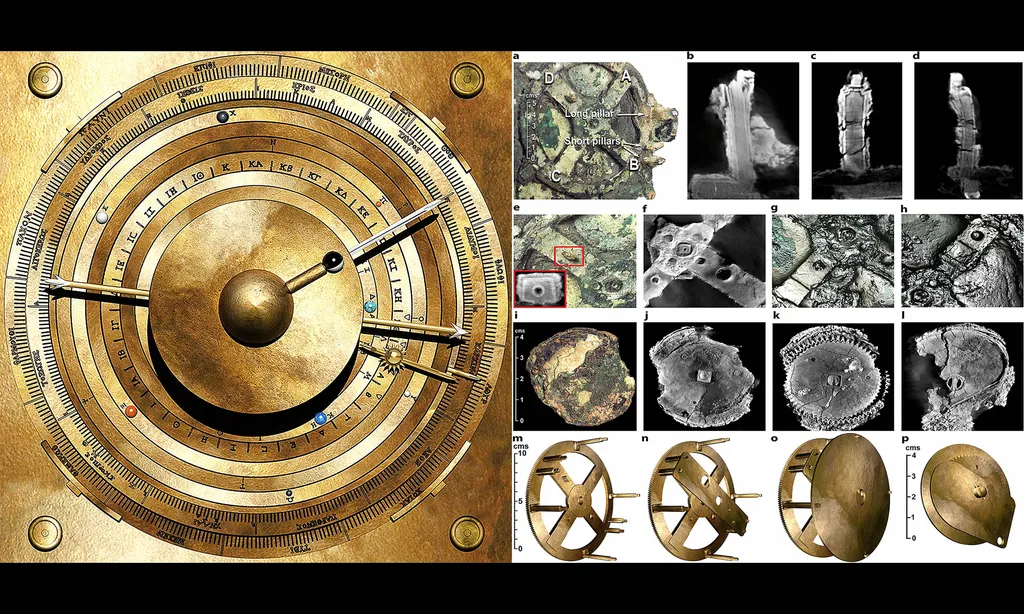Researchers from the School of Naval Architecture and Marine Engineering at the National Technical University of Athens have made significant strides in the development of a physics-based ship motion prediction model. Their work, published in a recent study, aims to bridge the gap between theoretical modeling and real-world application, a critical step towards enhancing the autonomy and efficiency of maritime operations.
The maritime industry is undergoing a transformative shift towards sustainability, with a keen focus on reducing fuel consumption and emissions. Central to this evolution is the development of autonomous navigation systems, which rely heavily on accurate ship motion models. While physics-based models have shown promise in predicting ship movements with high precision, their validation in real-world conditions has been notably lacking. The researchers from the National Technical University of Athens have addressed this gap by creating a tailored 3D dynamics motion model for a container ship, which they rigorously tested against actual voyage data.
The study introduces a sophisticated physics-based model that integrates vessel motion over time, taking into account the hydrodynamic behavior under varying environmental conditions. This model is designed to predict ship movements with sub-second resolution, a level of detail essential for safe and efficient autonomous navigation. The researchers evaluated the model’s predictions using real vessel data, employing both visual comparisons and multiple distance measures. The results demonstrated a strong alignment between the model’s predictions and the actual trajectories of the container ship, indicating the model’s robustness and reliability.
The practical implications of this research are profound. Accurate ship motion prediction models are crucial for the development of autonomous navigation systems, which can significantly enhance operational efficiency and safety in the maritime industry. By validating their model against real-world data, the researchers have provided a solid foundation for the integration of such models into practical applications. This advancement is a step closer to achieving greater autonomy in maritime operations, ultimately contributing to the industry’s sustainability goals.
The researchers’ work highlights the importance of real-world validation in the development of ship motion models. By ensuring that theoretical models can withstand the complexities of actual maritime conditions, the industry can move forward with confidence in the deployment of autonomous systems. This study not only advances the field of maritime technology but also sets a precedent for future research, emphasizing the need for rigorous validation processes in the pursuit of operational excellence and sustainability. Read the original research paper here.

